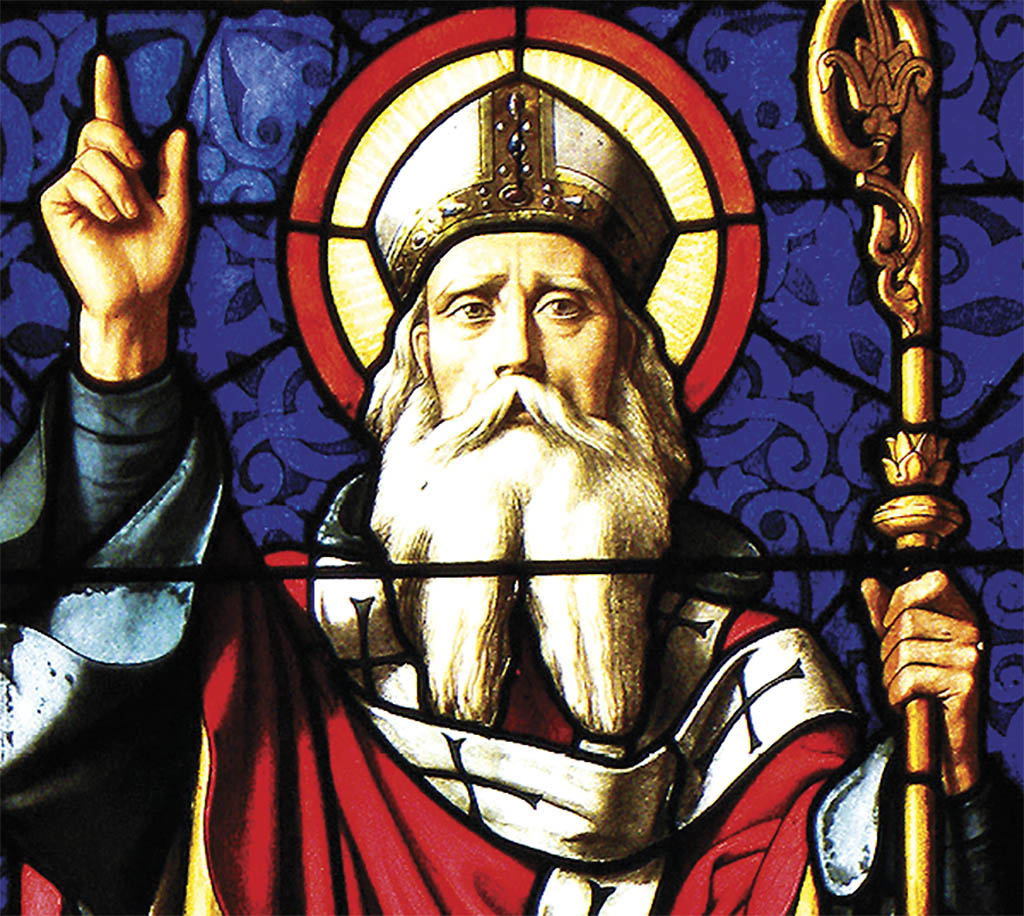According to legend, on a cold and stormy autumn day, a Roman soldier, named Martin, was traveling his way on horseback, when he came across a beggar who was hungry and cold. The soldier, known for his generosity, took off the cloak he was wearing and used his sword to cut it in half, covering …
IPMA (tempo em Portugal)
“Portugal tem condições para que aumentem as tempestades: tanto na frequência como amplitude”, revela IPMA Portugal “tem tido uma sequência de tempestades significativa”, alertou esta quinta-feira Jorge Miguel Miranda, presidente do IPMA, em declarações à ‘CNN Portugal’. “E, neste fim de semana, vai voltar a ser atingido por uma outra tempestade que vai tornar difícil …


